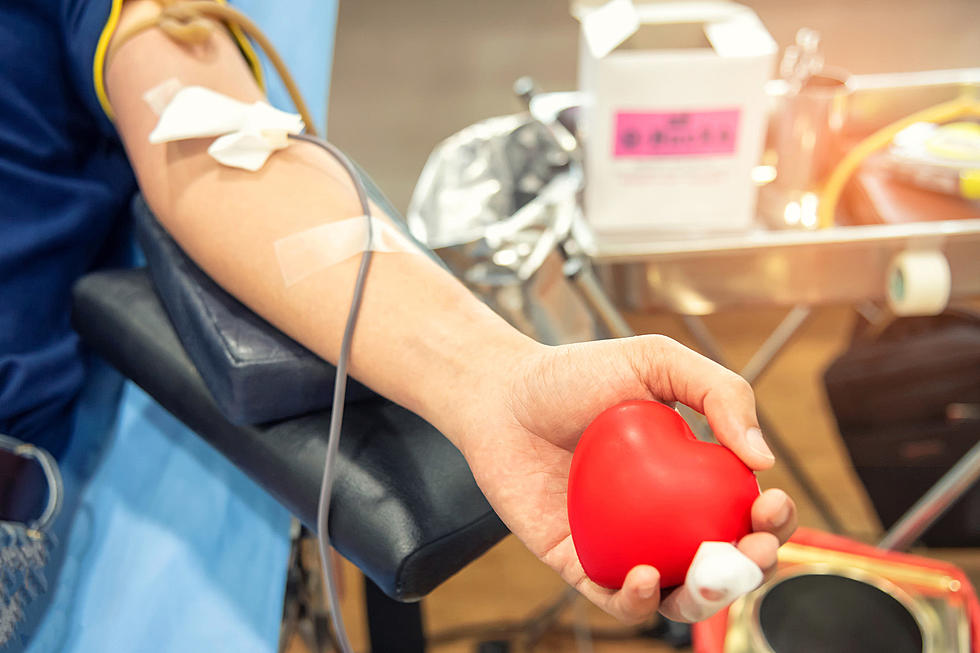
Blood donors are desperately needed in New Jersey
There has been a sharp drop in blood donations ever since the pandemic started, and now it’s to the point that New Jersey Blood Services has declared a blood emergency; they only have a three day supply.
On the New Jersey Blood Services Facebook page, they said, “This emergency is part of the on-going and severe challenges in collecting blood across the U.S. There is a national shortage of blood and blood products, and as the demand for blood increases due to hospitals resuming surgeries, in addition to increased traumas during the summer months, we are struggling to keep up.”
While donations typically taper off in the summer months, the organization usually stockpiles blood from the Spring; because of the pandemic, there was no spring stockpile this year. According to NorthJersey.com, the situation is compounded by more people scheduling routine procedures they had postponed during the pandemic and an uptick in vehicle accidents.
The impact of the pandemic on blood donations was severe. Patch.com reports that there were 3000 fewer blood drives and 100,000 donors that have yet to return to donate since before the pandemic.
There were also no school blood drives which are often the first time a person donates, meaning the impact could be long lasting. Lynne Ross of New Jersey Blood Services told NorthJersey.com, “A lot of people aren’t being introduced to blood donations, which is something they did for the first time when they’re in high school,” Ross said. “The situation is not just for now, but it’s potentially a long-ranging problem.”
The increased demand, coupled with lost donations has resulted in a chronic blood shortage. Donors can schedule appointments by calling 1-800-933-2566 or visiting nybc.org.

The post above reflects the thoughts and observations of New Jersey 101.5 talk show host Bill Doyle. Any opinions expressed are Bill Doyle's own.



